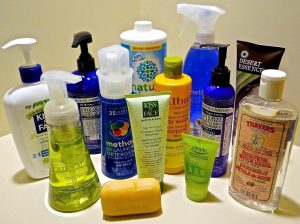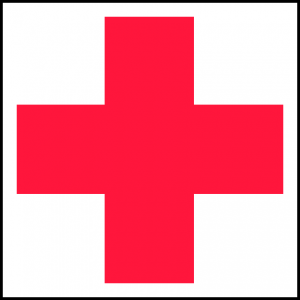Home Quarantine Kit…
While media coverage of coronavirus can seem scary there are practical steps you can take to best prepare for the spread of COVID-19.
It is of the utmost importance to deliver accurate information about COVID-19 and first and foremost its subtle differences from the common flu.
There are roughly one billion cases of influenza every year, resulting in hundreds of thousands of deaths. The fatality rate is a matter of some debate, but according to Anthony Fauci, director of the National Institute of Allergy and Infectious Diseases, the figure is 0.1%.
So far, COVID-19 has claimed 4,000 souls. There is no vaccine for COVID-19, which has a mortality rate of 3.4%, according to the World Health Organization. Your prognosis would vary depending on age, underlying medical history, etc. Regardless of your personal health, COVID-19 is substantially more contagious than the flu.
With that in mind, here are everyday items you can reasonably obtain if you’re instructed to self-quarantine out of an abundance of caution.
1.) Canned and Dried Foods

The incubation period for the new coronavirus is approximately two weeks. Fresh fruits and vegetables will likely spoil in that time, so canned foods are strongly preferred. Frozen foods are another option.
2.) LifeStraw Personal Water Filter

The Centers for Disease Control and Prevention recommends anyone instructed to self-quarantine have plenty of fluids on hand, including bottled water and other beverages packed with electrolytes. Hopefully, you don’t have to resort to using it, but the LifeStraw is a wonderful insurance policy. In a worst-case scenario, LifeStraw removes 99.9999% of bacteria from contaminated water.
3.) Toiletries

Most domesticated households have a two-week supply of toiletries, but that doesn’t mean you should be complacent. Make sure you have enough soap, shampoo, toothpaste, feminine supplies, and laundry detergent. With the strain big-box retailers are under in COVID-19 hotspots like King County, Washington, it may be easier to purchase these products online.
4.) Jet Stove

Jet stoves may seem like an unorthodox addition to our list. While the electric grid hasn’t been affected by COVID-19, jet stoves are included in the emergency preparedness kits the Red Cross, FEMA, and CDC recommend in case of a natural disaster.
5.) First Aid Kit

Gauze bandages, antibacterial ointment, antiseptic wipes, and non-latex gloves are must-have items in any disaster preparedness kit. And if you choose to voluntarily quarantine, it’s a good idea to let your local health department know.
6.) Face Masks*

Many people are wearing face masks under the belief they’ll reduce the risk of contracting COVID-19.
Infectious disease doctors caution that face masks are not a panacea. They’re often worn by laypeople incorrectly, plus if a mask doesn’t fit your face properly, you may end up touching your face more often than you would have otherwise.
The CDC doesn’t recommend members of the general public wear face masks, but rather continue to practice good hygiene – especially hand washing. However, CDC officials add that those who have been diagnosed with COVID-19 or are being evaluated for infection should wear a mask when they’re around other people.














